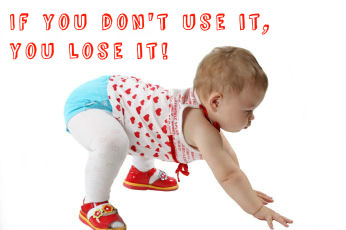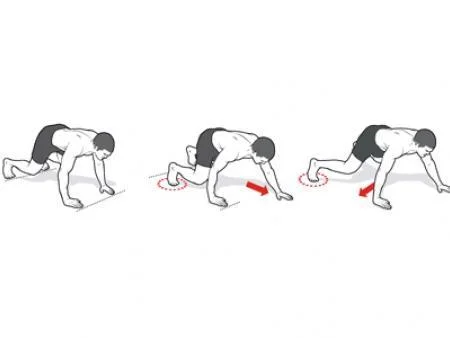Perhaps you are compromising your back as a result of poor hip movement...
Studies done on low back pain show that the pain is often caused by losing the ability to move through the hips. I see this all the time in clients and always have to re-pattern their hip movement to save their backs!
Dr Stuart McGill strikes again: “This is why the hip hinge is known to be a superior movement pattern for low back pain clients. Learning to hip hinge is paramount for both injury prevention and optimal performance.”
Too right Stuart!
Learn how to move before you learn how to be strong!
If you'd like to learn how to hip hinge correctly, check this out.
If you feel like you need to work on your hip mobility then follow one of our hip mobility videos here.
Don't sacrifice your lower back for Deadlifts or Kettlebell Swings unless the movement has been broken down and taught to you effectively and you can carry it out extremely well.









